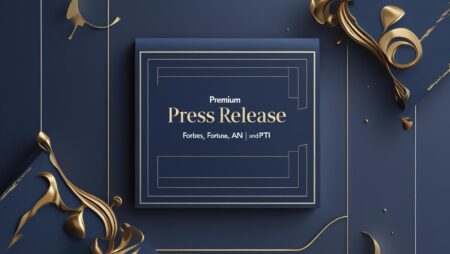As artificial intelligence (AI) rapidly evolves and infiltrates various sectors—art, music, literature, and beyond—a pertinent question arises: Who owns the rights to works created by machines? In a digital landscape where creativity increasingly intertwines with technology, the complexities of copyright law come to the forefront, raising fundamental debates around authorship, originality, and intellectual property.
Understanding AI-Generated Works
AI-generated works refer to creative outputs generated by algorithms and models that have been trained on vast datasets. These works can range from paintings and music compositions to poetry and prose, raising important questions about their status within traditional copyright frameworks. Given that AI systems can produce content without human intervention, the core principle of authorship, which has historically hinged on human creativity, faces significant scrutiny.
The Current Legal Landscape
To navigate the copyright complexities surrounding AI, it is essential to first understand the existing legal framework. Copyright law has traditionally recognized "authors" as individuals who contribute their intellectual creativity to a work. This framework has not evolved at the same pace as technology, leading to gray areas regarding how AI fits into the equation.
In many jurisdictions, copyright protection is conferred only to works created by human beings. For instance, the United States Copyright Office has indicated that works generated solely by machines, without any human creativity involved, may not qualify for copyright protection. This stance is supported by numerous legal precedents stipulating that copyrightable works must demonstrate a minimal degree of human authorship.
The Challenge of Originality
Another critical aspect of copyrighting AI-generated works is the question of originality. Copyright law typically protects the expression of ideas rather than the ideas themselves. However, AI models, particularly those based on machine learning, are trained on extensive datasets that contain existing creative content. This raises concerns about the originality of AI-generated outputs, as they often draw inspiration from a multitude of sources. When a piece of art is effectively a compilation or remix of pre-existing works, it complicates the claim to originality necessary for copyright protection.
Possible Solutions and Future Considerations
Several potential solutions to the challenges of copyrighting AI-generated works have been proposed. Some suggest the establishment of a new category of authorship that acknowledges the role of AI in the creative process. This could involve recognizing AI-generated works as "joint authorship" between the AI developer and the AI itself, thus allowing for clarity in ownership and licensing agreements.
Others argue for a more radical approach: creating a new intellectual property regime specifically tailored for AI-generated content. Such a system could facilitate the protection of these works while considering the unique nature of AI creation.
Furthermore, as the discourse around AI and copyright continues to evolve, there may be space for regulatory bodies and international organizations, such as the World Intellectual Property Organization (WIPO), to develop guidelines that address the nuances of AI creativity on a global scale.
Ethical Implications and the Future of Creativity
The intersection of AI and copyright also raises ethical considerations. If AI-generated works are treated the same as human-created content, we could see a dilution of the value placed on human creativity. The fear of economic repercussions looms large, as creatives grapple with the possibility of AI overshadowing their work, potentially leading to a world where human-created content struggles to compete with efficient, algorithmically generated alternatives.
Ultimately, the future of copyrighting AI-generated works hinges on a delicate balance. An appropriate framework will need to foster innovation and creativity while upholding the rights of human creators. As we continue to navigate the uncharted waters of AI and creativity, it is essential that we engage in an ongoing dialogue among artists, technologists, legal experts, and policymakers.
Conclusion
The journey from algorithms to art represents not just a technological revolution but a profound shift in our understanding of creativity, authorship, and copyright. As we confront the complexities of AI-generated works, it is crucial to remain adaptable and forward-thinking. By building a legal framework that embraces innovation while respecting human creativity, we can navigate the intricate dance between algorithms and art, ensuring that the future of creativity—whether human or machine—is bright and equitable for all.
